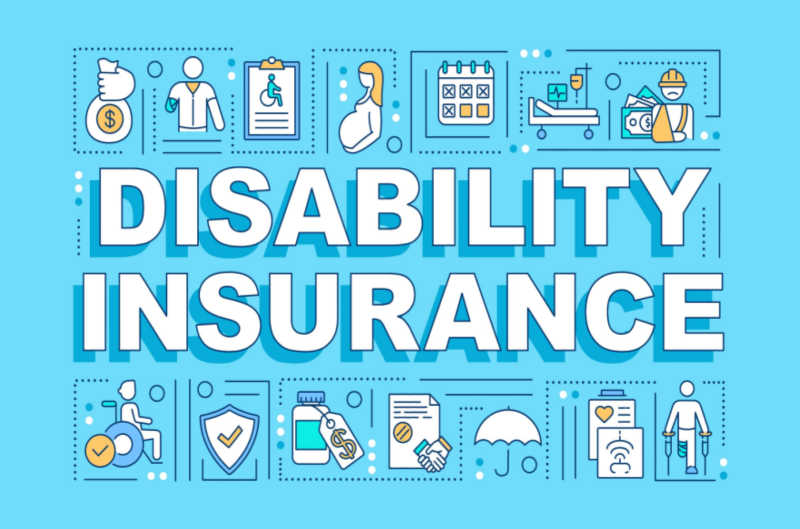Revised August 3, 2022
3 minute read
Disability insurance benefits are intended to replace a percentage of your employee’s salary if they were no longer able to do their job due to a covered disability. The maximum covered salary is a tiny section of your disability policy, but it should not be overlooked.
Known by different names
Depending on your insurance carrier, the maximum covered salary can be referred to by several different names including maximum monthly covered salary or maximum covered monthly earnings. Or it may list the maximum monthly or weekly benefit instead. If the policy gives you the monthly or weekly benefit, you’ll need to calculate how much of an employee’s salary is covered.
For example, an employee who makes $100,000 a year is covered by a policy which has a 66 2/3% benefit with a maximum monthly benefit of $4,500. The maximum covered salary equates to only $81,000 a year so anyone earning more than that amount would not receive the full 66 2/3% of their pre-disability earnings. The employee in this example would actually be paid out at only 54% of their actual salary due to the maximum benefit.
What is maximum covered salary?
The maximum covered salary is the highest salary that the insurance carrier has contractually agreed to cover in the case of a covered disability. For example, if the maximum covered salary is $25,000 but an employee makes $35,000 and files a claim, the insurance carrier will pay the claim based on a percentage of $25,000.
Why should I review?
Typically, employers intend to insure full salaries, and the maximum covered salary is padded to allow for future salary increases. By allowing a cushion for increases, the disability contract may not need to be updated on an annual basis. However, you will want to confirm that there are not employees who make over the maximum. If your employment contract or negotiated agreement states that employees are to receive a disability benefit at a set percentage of their full salary ($35,000) and your maximum covered salary doesn’t match ($25,000), you could have a grievance or a legal issue on your hands.
What do I look for?
Check your bargaining contracts or agreements to see if they specify a maximum covered salary. If a negotiated agreement, employment agreement, or past practice does not specifically put a cap on the maximum covered salary, then you must be aware of the policy limits so that you can work with your NIS Representative to amend your plan. You want to ensure that your disability policy covers your employees’ annual salary.
Sometimes bargaining agreements cap the salary maximum at a lower amount as a cost savings measure (the lower the maximum covered salary, generally the lower the premium). In this situation, it’s a good idea to offer your employees a voluntary buy-up option where they can opt for higher coverage and pay the difference via payroll deductions.
When should I review?
The best time to review your maximum covered salary is when salary increases are implemented or annually.
When you go out to bid, make sure that the maximum covered salary covers full salaries at that time. It’s easier to increase this amount during the bid process rather than after the coverage is transitioning to a new carrier. Increasing the maximum during transition could delay the implementation process.
For more information, contact your NIS Representative.
Resource:

